- HOME
- PATIENT PORTAL
- SERVICES
- ALLERGY SYMPTOMS
- ALLERGY TEST
- ANNUAL PHYSICAL
- ASTHMA
- CHOLESTEROL
- CHRONIC CONDITIONS
- CIRCULATION / VASCULAR TESTING
- COLD/FLU SYMPTOMS
- DIABETES
- DIGESTIVE DISORDERS
- ECHOCARDIOGRAM
- EKG TEST
- HIGH BLOOD PRESSURE
- HEARTBURN / ACID REFLUX
- LAB SERVICES
- NUCLEAR STRESS TEST
- PRE-OP EXAM
- PRIMARY CARE
- SEXUAL DYSFUNCTION
- SINUS INFECTIONS
- THYROID DISORDERS
- ULTRASOUND
- URINARY SYMPTOMS
- WOMEN'S HEALTH
- X-RAYS
- OTHER ISSUES
- FORMS
- IMMIGRATION PHYSICAL
- INSURANCE
- PAY MY BILL
- PROVIDERS
- LOCATIONS

For appointments and questions call 770-435-3214
Same day/Next day appointments available
ULTRASOUND TESTING
AVAILABLE IN-OFFICE
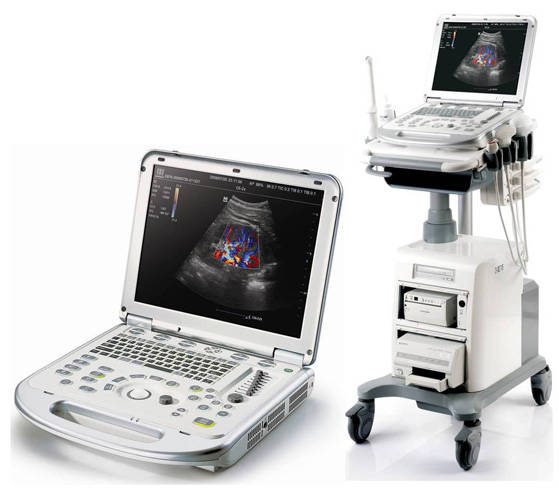
WHAT IS ULTRASOUND?
Ultrasound imaging, or sonography, is the use of high-frequency sound waves to visualize soft tissues such as internal organs. The procedure is capable of generating real-time images that reveal the condition of vital organs and also the movement of blood flow.
An ultrasound machine consists of a handheld device that produces ultrasonic sound waves (above the range of human hearing) that reflect off different layers of body tissue. The transducer converts the echoes into electrical signals that are used to create an image and display it on a screen. The image is based on the frequency and strength of the sound signal and the time it took for the echoes to return.
WHY SHOULD I GET AN ULTRASOUND?
Your doctor may order an ultrasound to help diagnose the condition of certain organs (heart, liver, kidneys, etc.) or to check the circulation status of blood vessels (arteries and veins).
IS ULTRASOUND SAFE?
Ultrasound is a very safe and non-invasive procedure. The advantage of ultrasound over other forms of imaging, such as CT scans and X-rays, is that it doesn't use ionizing radiation. In fact, that is the reason why we can use ultrasound during pregnancy.
WHAT TYPES OF ULTRASOUNDS ARE AVAILABLE?
Ultrasound tests available at our office include:
• Carotid Ultrasound
• Arterial Ultrasound (for detection of PAD - peripheral artery disease)
• Venous Ultrasound (for detection of venous insufficiency)
• Abdominal Ultrasound: for the assessment of abdominal organs such as liver, kidneys, gallbladder, pancrease, and spleen.
• Pelvic Ultrasound: for the assessment of uterus and ovaries.
• Abdominal Aortic Aneurysm Ultrasound
• Echocardiogram - Ultrasound of the heart
• Thyroid Ultrasound
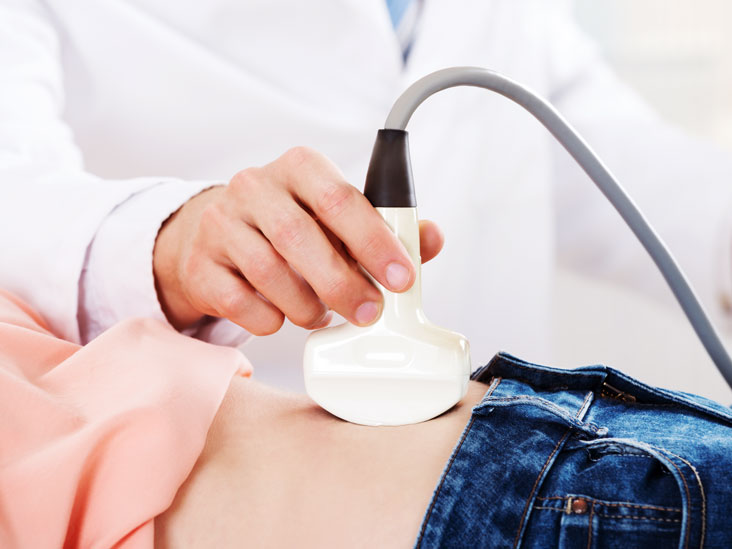
ABDOMINAL ULTRASOUND
Abdominal ultrasound test is ordered for the assessment of abdominal organs such as liver, kidneys, gallbladder, pancrease, and spleen.

CAROTID ULTRASOUND
Carotid ultrasound test uses an ultrasound machine to check the circulation of blood in the blood vessels of the neck that carry blood from the heart to your brain. This is an important test to monitor for plaque build up that could cause future strokes or TIA's (mini-strokes).
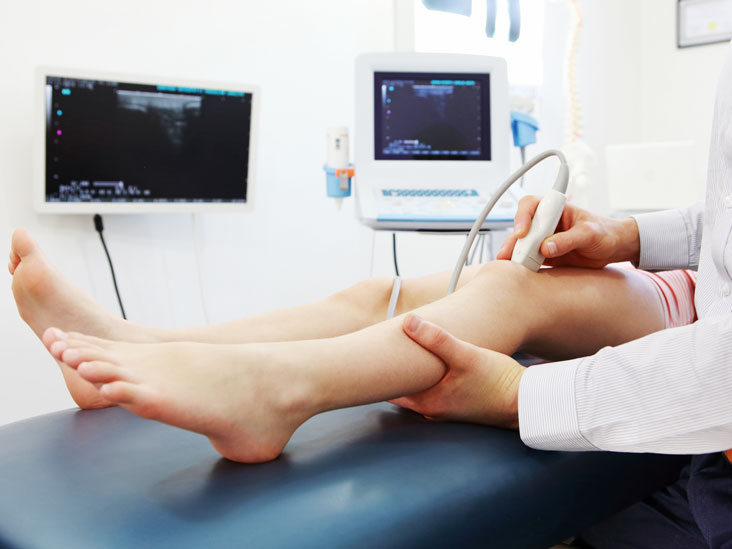
VENOUS INSUFFICIENCY ULTRASOUND
Venous Insufficiency scan uses ultrasound technology to check the circulation of blood in the veins of the legs. Symptoms of vein disease in the legs include:
• Swelling in the legs or ankles
• Tight feeling in the calves
• Itchy painful legs
• Brown discoloration of legs
• Varicose veins
• Leg ulcers / sores

ARTERIAL ULTRASOUND
Unlike Venous Insufficiency scan, the Arterial Ultrasound scan is used to check the blood circulation in the arteries of the legs to check for PAD (Peripheral Artery Disease).
Symptoms of PAD include:
• Hair loss on the feet and legs.
• Intermittent claudication - the thigh or calf muscles may feel pain when walking or climbing stairs; some individuals complain of painful hips.
• Leg weakness.
• A foot or the lower leg may feel cold.
• Numbness in the legs.
• Brittle toenails.
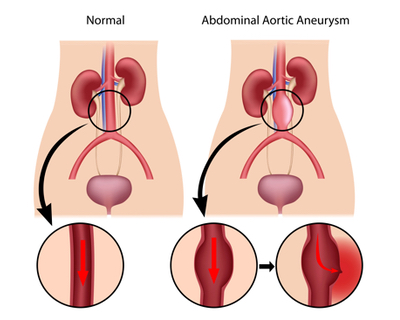
ABDOMINAL AORTIC ANEURYSM ULTRASOUND
What is an abdominal aortic aneurysm (AAA)?
An abdominal aortic aneurysm (AAA) is an enlarged area in the lower part of the major vessel that supplies blood to the body (aorta). The aorta runs from your heart through the center of your chest and abdomen.
The aorta is the largest blood vessel in the body, so a ruptured abdominal aortic aneurysm can cause life-threatening bleeding.
Depending on the size of the aneurysm and how fast it's growing, treatment varies from watchful waiting to emergency surgery.
What Are The Symptoms of AAA?
Abdominal aortic aneurysms often grow slowly without symptoms, making them difficult to detect. Some aneurysms never rupture. Many start small and stay small; others expand over time, some quickly.
If you have an enlarging abdominal aortic aneurysm, you might notice:
• Deep, constant pain in your abdomen or on the side of your abdomen
• Back pain
• A pulse near your bellybutton
However, since the most common symptom of an AAA is actually nothing at all the best way to prevent this disease is to screen for it using an ulgrasound machine if you have certain risk factors.
What Are the Causes of AAA?
Aneurysms can develop anywhere along the aorta, but most aortic aneurysms occur in the part of your aorta that's in your abdomen. A number of factors can play a role in developing an aortic aneurysm, including:
• Hardening of the arteries (atherosclerosis). Atherosclerosis occurs when fat and other substances build up on the lining of a blood vessel.
• High blood pressure. High blood pressure can damage and weaken the aorta's walls.
• Blood vessel diseases. These are diseases that cause blood vessels to become inflamed.
• Infection in the aorta. Rarely, a bacterial or fungal infection might cause an abdominal aortic aneurysms.
• Trauma. For example, being in a car accident can cause an abdominal aortic aneurysms.

ECHOCARDIOGRAM
An Echocardiogram is an ultrasound of the heart. It looks at the circulation of blood through the different chambers of the heart (atrium / ventricles) and also checks for the health of the heart valves which may sometimes cause problems with circulation of blood flow through the heart (heart murmurs). Also, an echocardiogram can detect diseases such as aortic root aneurysms, congenital heart defects, and congestive heart failure.

THYROID ULTRASOUND
A thyroid ultrasound looks at the condition of the thyroid. In particular, it assesses for any lumps, nodules, or goiters (enlargement) of the thyroid gland.
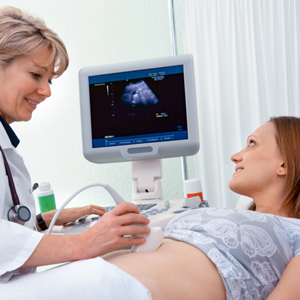
PELVIC ULTRASOUND
A pelvic ultrasound is used to assess the condition of the female organs: uterus, fallopian tubes, and the ovaries.
Common conditions that it can detect are: Uterine fibroids and ovarian cysts.